-
 Bitcoin
Bitcoin $117300
1.93% -
 Ethereum
Ethereum $3866
5.21% -
 XRP
XRP $3.109
3.81% -
 Tether USDt
Tether USDt $1.000
0.01% -
 BNB
BNB $781.5
1.52% -
 Solana
Solana $173.0
2.95% -
 USDC
USDC $0.9998
0.00% -
 Dogecoin
Dogecoin $0.2181
6.31% -
 TRON
TRON $0.3403
0.93% -
 Cardano
Cardano $0.7683
3.91% -
 Hyperliquid
Hyperliquid $40.08
5.09% -
 Sui
Sui $3.742
7.38% -
 Stellar
Stellar $0.4152
4.69% -
 Chainlink
Chainlink $18.40
10.03% -
 Bitcoin Cash
Bitcoin Cash $580.6
2.21% -
 Hedera
Hedera $0.2543
4.25% -
 Ethena USDe
Ethena USDe $1.001
-0.01% -
 Avalanche
Avalanche $22.94
3.52% -
 Litecoin
Litecoin $121.8
2.24% -
 UNUS SED LEO
UNUS SED LEO $8.955
-0.41% -
 Toncoin
Toncoin $3.330
3.03% -
 Shiba Inu
Shiba Inu $0.00001270
2.97% -
 Uniswap
Uniswap $10.34
6.42% -
 Polkadot
Polkadot $3.805
3.86% -
 Dai
Dai $1.000
0.01% -
 Bitget Token
Bitget Token $4.429
1.80% -
 Cronos
Cronos $0.1495
4.65% -
 Monero
Monero $255.6
-9.08% -
 Pepe
Pepe $0.00001096
4.40% -
 Aave
Aave $282.9
7.85%
How to set the limit trigger order of KuCoin contracts? Will it be automatically traded when the conditions are met?
Limit trigger orders on KuCoin allow traders to set a trigger price for order activation and a limit price for execution, enhancing trading strategies.
May 06, 2025 at 09:28 am

Introduction to Limit Trigger Orders on KuCoin Contracts
Limit trigger orders on KuCoin contracts are a powerful tool for traders looking to execute trades at specific price points without constantly monitoring the market. These orders allow you to set a trigger price at which your order will be placed into the market, and a limit price at which the order will be executed. Understanding how to set these orders and how they work can significantly enhance your trading strategy.
Setting Up a Limit Trigger Order on KuCoin
To set up a limit trigger order on KuCoin, follow these detailed steps:
- Log in to your KuCoin account and navigate to the futures trading section.
- Select the contract you wish to trade. Ensure you are on the correct trading pair.
- Click on the "Order" tab and then select "Trigger Order."
- Choose "Limit Trigger Order" from the available options.
- Set the Trigger Price. This is the price at which your order will be activated and placed into the order book.
- Set the Limit Price. This is the price at which your order will be executed once it is triggered.
- Enter the Amount you wish to trade.
- Review your order details carefully, ensuring all parameters are set correctly.
- Click "Place Order" to submit your limit trigger order.
Understanding the Execution of Limit Trigger Orders
Once you have set your limit trigger order, it is important to understand how it will be executed. When the market price reaches or passes your set trigger price, your order will be placed into the order book at your specified limit price. The order will then be executed if the market price reaches or is better than your limit price.
For example, if you set a buy limit trigger order with a trigger price of $10,000 and a limit price of $9,900, your order will be placed into the order book when the market price hits $10,000 or below. The order will then be executed if the market price reaches $9,900 or lower.
Will the Order be Automatically Traded When Conditions are Met?
Yes, the order will be automatically traded when the conditions you set are met. Once the market price reaches your trigger price, your limit order will be placed into the order book. If the market price then reaches your limit price, the order will be executed automatically without any further action required on your part.
Managing and Canceling Limit Trigger Orders
It's crucial to know how to manage and cancel your limit trigger orders if necessary. To do this:
- Navigate to the "Open Orders" section in the futures trading interface.
- Locate your limit trigger order in the list of open orders.
- Click on the "Cancel" button next to the order you wish to cancel.
- Confirm the cancellation to remove the order from the order book.
Monitoring Your Limit Trigger Orders
To effectively use limit trigger orders, you should regularly monitor their status. You can do this by:
- Checking the "Open Orders" section to see if your order has been triggered and placed into the order book.
- Reviewing the "Order History" to track the status of executed or canceled orders.
- Using the KuCoin app or website to keep an eye on market movements and adjust your orders if necessary.
Frequently Asked Questions
Q: Can I modify a limit trigger order after it has been placed?
A: No, once a limit trigger order is placed, it cannot be modified. You would need to cancel the existing order and place a new one with the updated parameters.
Q: What happens if the market price gaps through my trigger price and limit price?
A: If the market price gaps through both your trigger price and limit price, your order will be placed into the order book at your limit price. However, it may not be executed if the market price does not return to your limit price.
Q: Are there any fees associated with limit trigger orders on KuCoin?
A: Yes, KuCoin charges trading fees for executed orders. The fee structure depends on your trading volume and whether you are a maker or taker in the transaction. Limit trigger orders that are placed into the order book as limit orders are typically subject to maker fees.
Q: Can I use limit trigger orders for both long and short positions?
A: Yes, limit trigger orders can be used for both long and short positions on KuCoin contracts. You can set up buy limit trigger orders for long positions and sell limit trigger orders for short positions.
Disclaimer:info@kdj.com
The information provided is not trading advice. kdj.com does not assume any responsibility for any investments made based on the information provided in this article. Cryptocurrencies are highly volatile and it is highly recommended that you invest with caution after thorough research!
If you believe that the content used on this website infringes your copyright, please contact us immediately (info@kdj.com) and we will delete it promptly.
- Bitcoin Reserve, Gold Revaluation, Congress Considers: A New Era for US Financial Strategy?
- 2025-08-08 04:30:12
- KAITO's Momentum: Can It Reclaim Support Amidst Social Media Scrutiny?
- 2025-08-08 04:30:12
- Pi Coin's dApp and AI Potential: Building a Decentralized Future
- 2025-08-08 02:30:12
- Ruvi AI Takes the Lead: Outshining Dogecoin on CoinMarketCap
- 2025-08-08 02:50:12
- Cryptos Under $1: Is Ripple Still the King?
- 2025-08-08 03:50:12
- Cold Wallet, Bonk Price, ICP Price: Navigating the Crypto Landscape in 2025
- 2025-08-08 03:56:12
Related knowledge
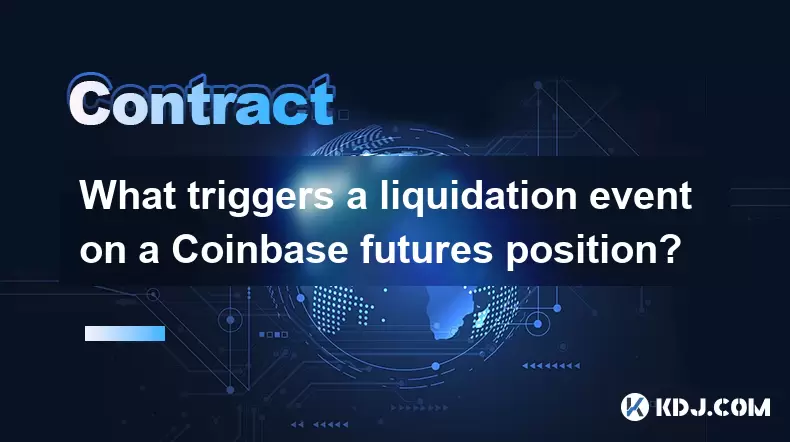
What triggers a liquidation event on a Coinbase futures position?
Aug 08,2025 at 01:15am
Understanding Futures Contracts on CoinbaseFutures contracts on Coinbase allow traders to speculate on the future price of a cryptocurrency, such as B...
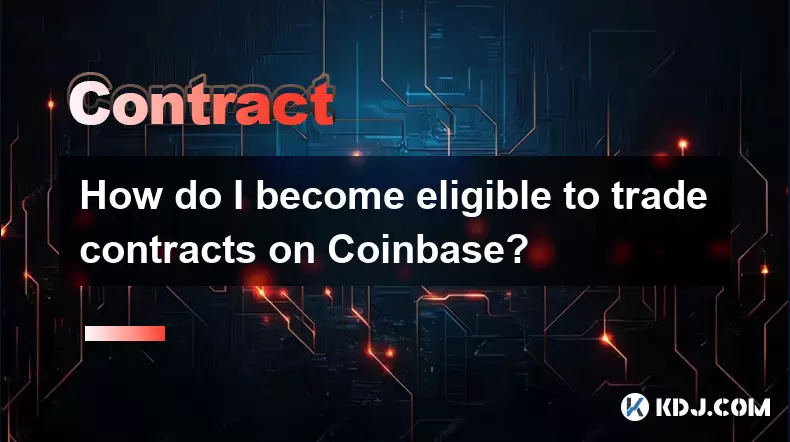
How do I become eligible to trade contracts on Coinbase?
Aug 08,2025 at 04:42am
Understanding Contract Trading on CoinbaseContract trading on Coinbase refers to the ability to trade derivative financial instruments such as futures...
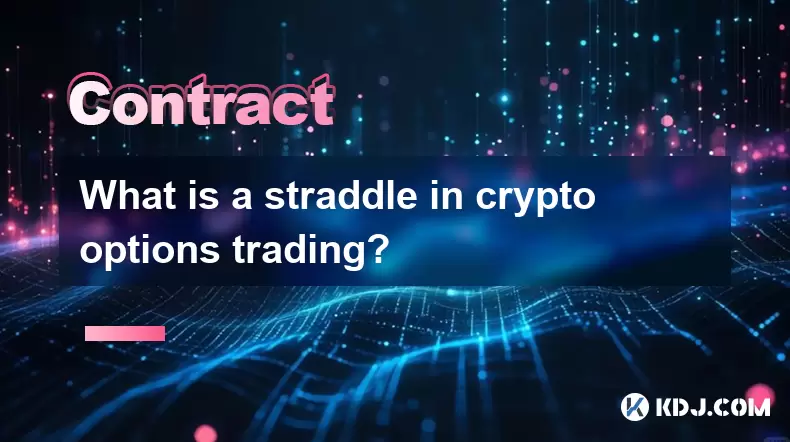
What is a straddle in crypto options trading?
Aug 07,2025 at 11:15pm
Understanding the Basics of a Straddle in Crypto OptionsA straddle is an options trading strategy used when a trader expects significant price movemen...
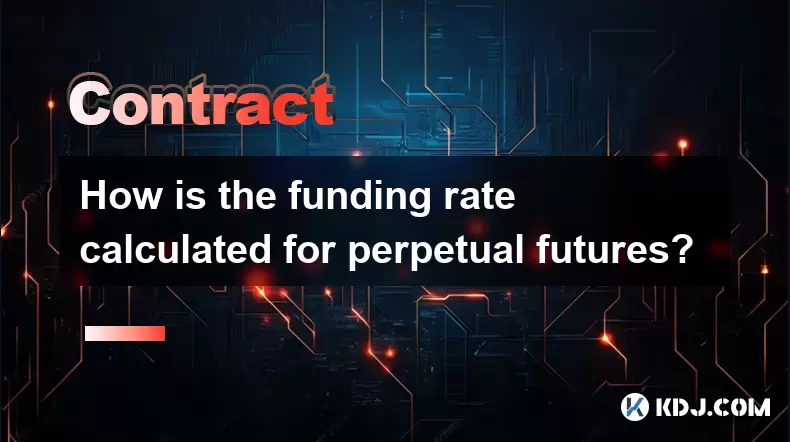
How is the funding rate calculated for perpetual futures?
Aug 07,2025 at 11:36pm
Understanding the Basics of Perpetual FuturesPerpetual futures are a type of derivative contract that does not have an expiration date, allowing trade...

What programming languages are used for smart contracts?
Aug 07,2025 at 06:07pm
Understanding Smart Contracts and Their Execution EnvironmentSmart contracts are self-executing programs deployed on blockchain networks that automati...
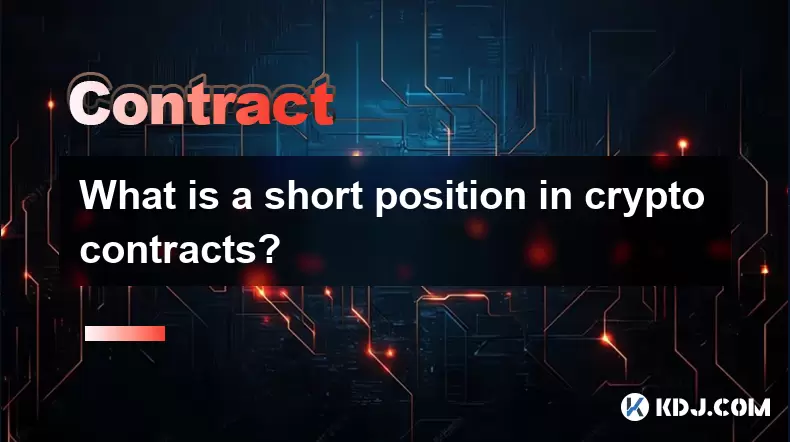
What is a short position in crypto contracts?
Aug 07,2025 at 11:42pm
Understanding the Concept of a Short Position in Crypto ContractsA short position in crypto contracts refers to a trading strategy where a trader prof...

What triggers a liquidation event on a Coinbase futures position?
Aug 08,2025 at 01:15am
Understanding Futures Contracts on CoinbaseFutures contracts on Coinbase allow traders to speculate on the future price of a cryptocurrency, such as B...

How do I become eligible to trade contracts on Coinbase?
Aug 08,2025 at 04:42am
Understanding Contract Trading on CoinbaseContract trading on Coinbase refers to the ability to trade derivative financial instruments such as futures...

What is a straddle in crypto options trading?
Aug 07,2025 at 11:15pm
Understanding the Basics of a Straddle in Crypto OptionsA straddle is an options trading strategy used when a trader expects significant price movemen...

How is the funding rate calculated for perpetual futures?
Aug 07,2025 at 11:36pm
Understanding the Basics of Perpetual FuturesPerpetual futures are a type of derivative contract that does not have an expiration date, allowing trade...

What programming languages are used for smart contracts?
Aug 07,2025 at 06:07pm
Understanding Smart Contracts and Their Execution EnvironmentSmart contracts are self-executing programs deployed on blockchain networks that automati...

What is a short position in crypto contracts?
Aug 07,2025 at 11:42pm
Understanding the Concept of a Short Position in Crypto ContractsA short position in crypto contracts refers to a trading strategy where a trader prof...
See all articles

























































































